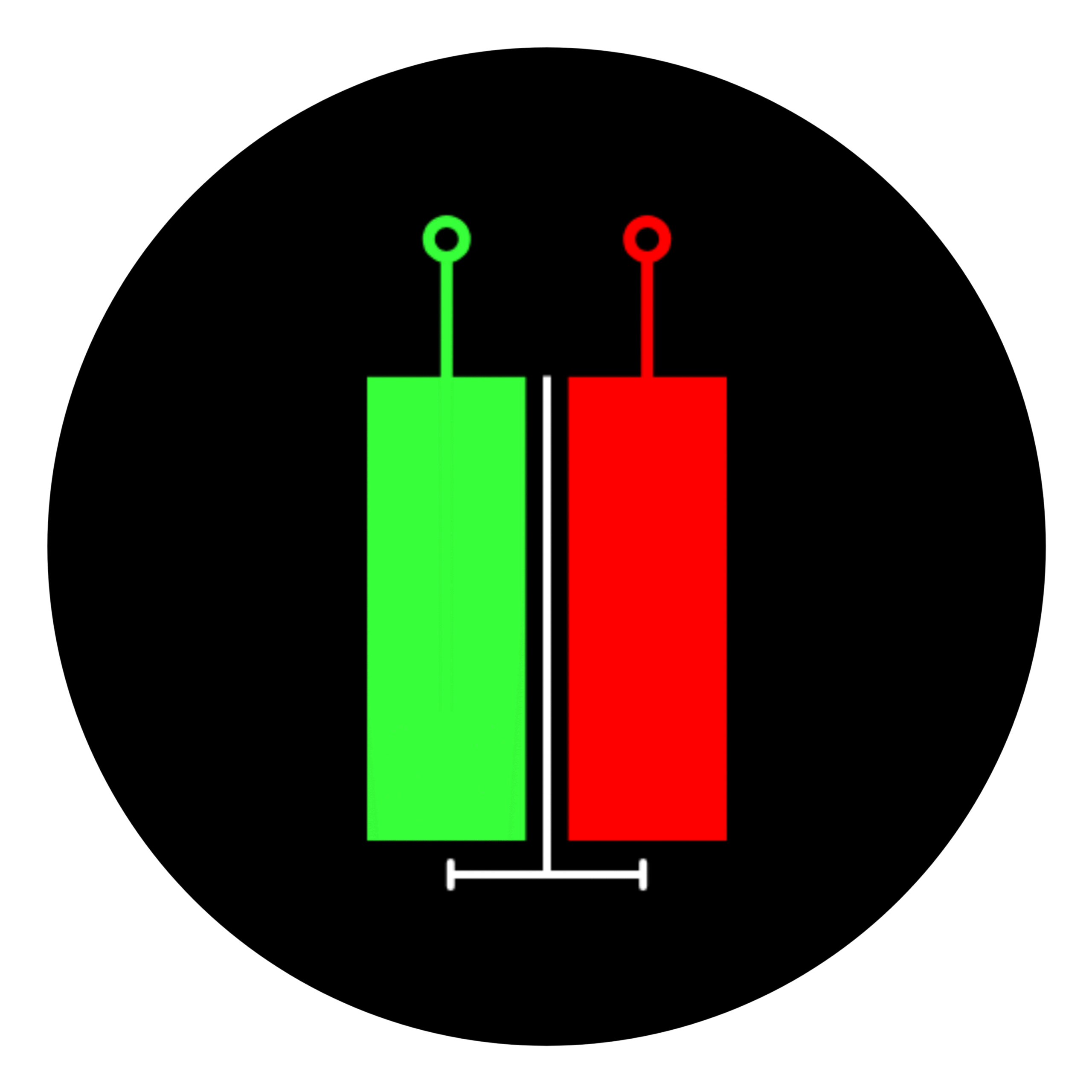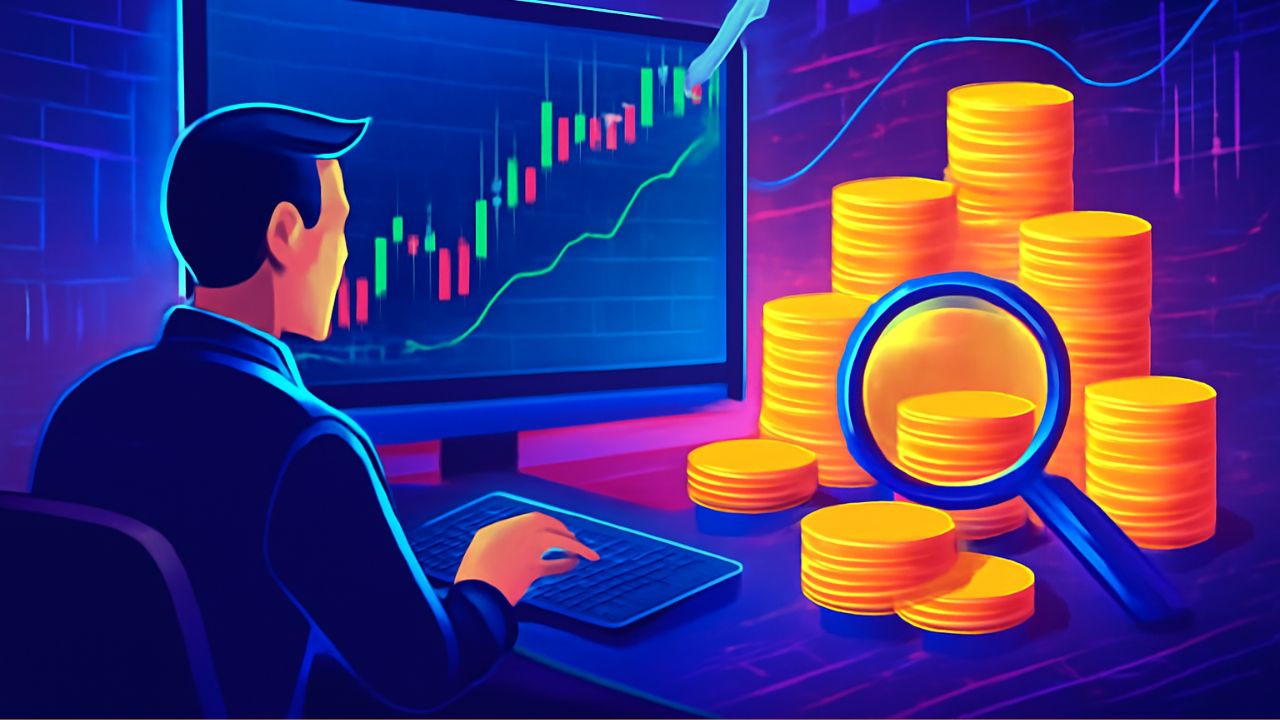Margin is the portion of a trade’s value you put in as collateral, while Leverage is the facility your broker provides that allows you to control the full value of the trade without putting up the entire amount yourself.
Table of Contents
What is Margin in Trading?
Margin is the amount you deposit with a broker or exchange to open a trade. You can think of it as a security deposit. Instead of paying the full value of the trade upfront, you only put in a small percentage of the total value of the trading instrument, and your broker allows you to control the rest.
For example, suppose Bitcoin is trading at $100,000. Your broker might only require you to deposit $5,000 to open a position. This $5,000 is your margin, which you are depositing with your broker.
The word “margin” comes from the Latin word margō, meaning “edge” or “border.” Over time, this evolved to mean “an extra amount” or “a surplus” that is kept in reserve. The term “margin” was applied to trading because it perfectly describes the function of the deposit: it is the cushion or borderline that a trader must maintain to keep a position open. If the value of the trade drops and “eats into” this margin, the broker issues a “margin call,” demanding that you restore the cushion to the required level.
What is Leverage in Trading?
Leverage is the facility your broker offers that lets you control the full value of a trade without having to provide the entire capital yourself.
Using the earlier example, you deposited $5,000 to open a trade for one Bitcoin worth $100,000. Your broker provided the remaining $95,000 to facilitate the trade.
In this scenario:
- You provided 5% of the total value ($5,000).
- Your broker provided the remaining 95% ($95,000).
Because your broker helped you control a position 20 times the size of your initial margin ($100,000 ÷ $5,000 = 20), you are said to be using 20x leverage provided by your broker.
Similarly, if a broker asked you to deposit $10,000 for a $100,000 Bitcoin trade, the broker would cover the remaining $90,000. In this case, you would be using 10x leverage ($100,000 / $10,000 = 10).
Leverage is the multiple of your deposited Margin that shows the Total Value of your trading position.
The calculation uses the full value of the asset, not just the amount of money a broker lends you.
Margin and leverage are directly linked:
Margin × Leverage = Total Trade Value
Leverage is the ability to control a much larger trading position than your initial capital would normally allow, using borrowed money from your broker. It is usually expressed as a ratio, such as 10:1 (or 10x) or 100:1 (or 100x).
Bitcoin Example – Price $100,000 with 100x Leverage
Imagine Bitcoin is trading at $100,000 and you want to trade one full Bitcoin. If your broker’s margin requirement is 1%, you can calculate the margin needed.
That would be $100,000 ÷ 100 = $1,000.
This means with just $1,000 of your own money, you can control a $100,000 Bitcoin position using 100x leverage ($1000 × 100 = 100,000).
If the price of Bitcoin rises by 1% ($1,000), your profit will also be $1,000, which is a 100% gain on your margin. But if the price falls by 1%, you lose $1,000 and your margin is completely wiped out.
This is why high leverage is extremely risky – even a small move against you can lead to liquidation.
Reference Table
| Margin Requirement | Leverage | Margin Needed | Price Move for Liquidation |
|---|---|---|---|
| 1% | 100x | $1,000 | 1% |
| 2% | 50x | $2,000 | 2% |
| 5% | 20x | $5,000 | 5% |
| 10% | 10x | $10,000 | 10% |
Benefits and Risks
Profit and loss are calculated on the total size of your trade, not just your margin. Any profit you make using leveraged money is yours to keep, but if the trade goes against you, the loss comes out of your margin.
Using margin and leverage allows you to trade larger positions with a smaller amount of money, which can lead to significant profits even with small market movements.
However, the same principle works in reverse. Losses are also magnified, and a highly leveraged trade can be wiped out by even a small unfavorable price move.
This is especially true in volatile markets like cryptocurrencies, where prices can swing by several percent in a matter of minutes.
This article is for informational purposes only and should not be considered financial advice. Investing in stocks, cryptocurrencies, or other assets involves risks, including the potential loss of principal. Always conduct your own research or consult a qualified financial advisor before making investment decisions. The author and publisher are not responsible for any financial losses incurred from actions based on this article. While efforts have been made to ensure accuracy, economic data and market conditions can change rapidly. The author and publisher do not guarantee the completeness or accuracy of the information and are not liable for any errors or omissions. Always verify data with primary sources before making decisions.

